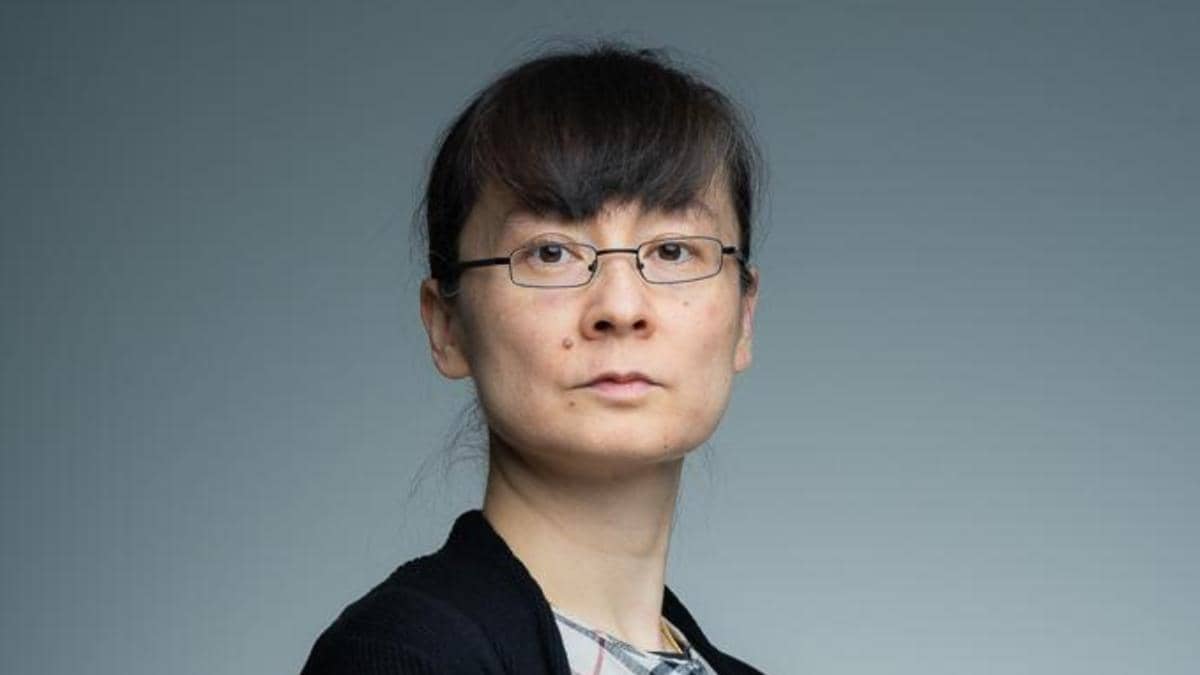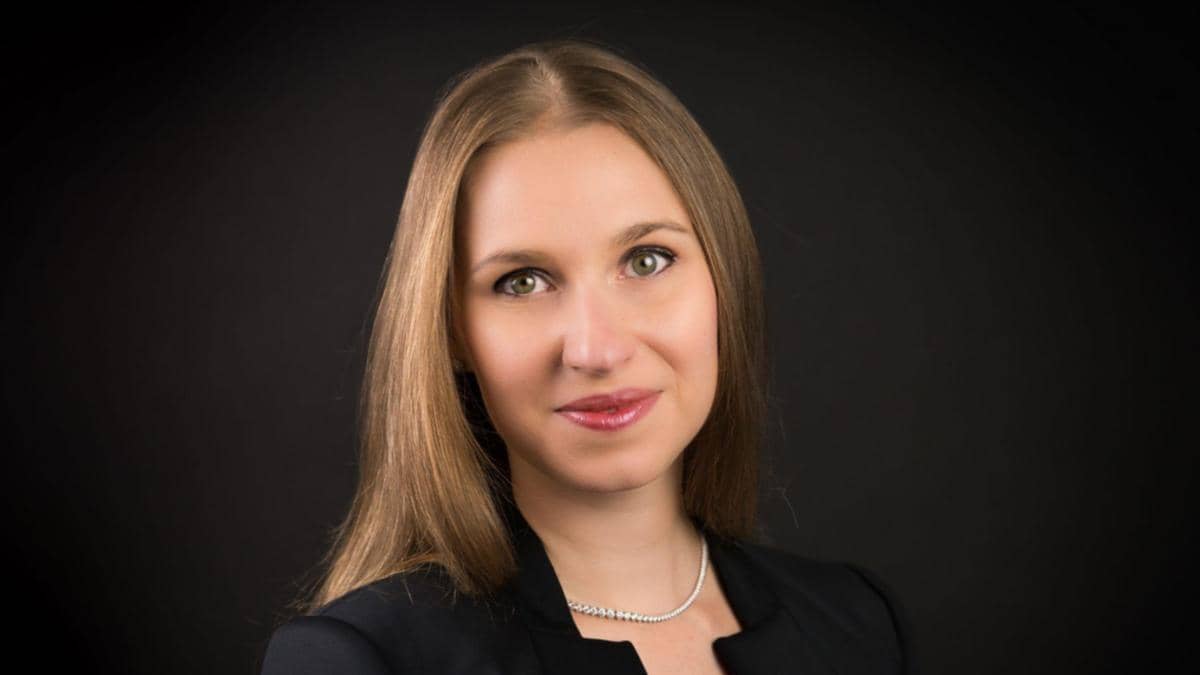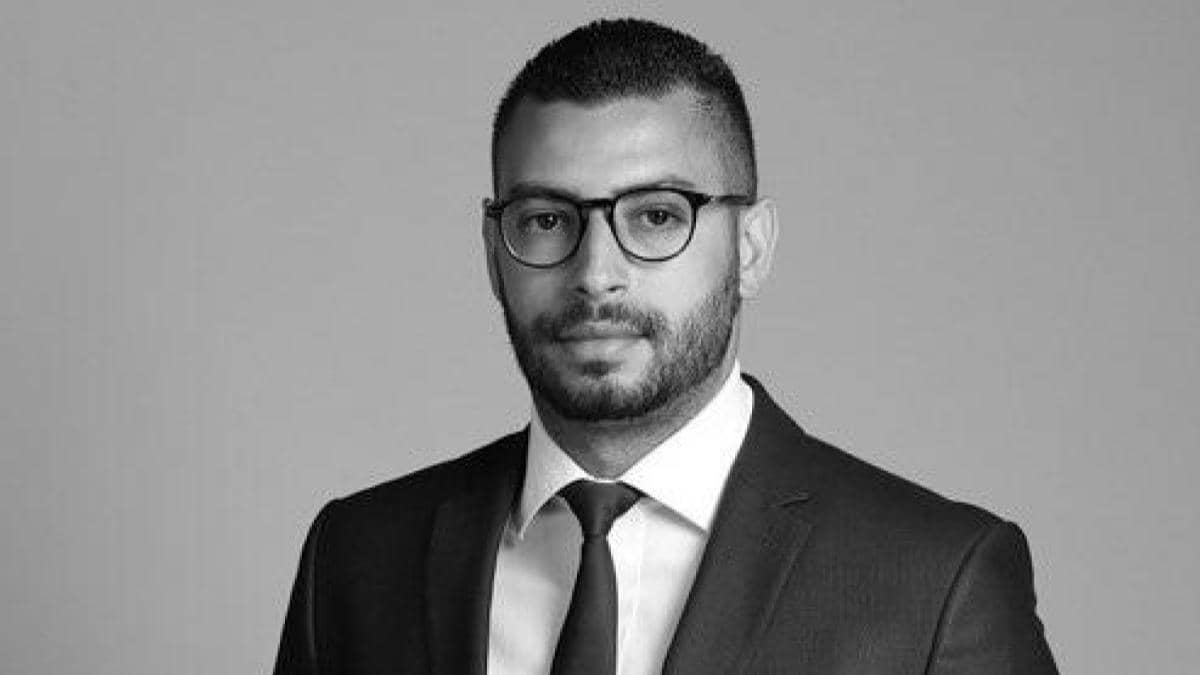Stefania Taschini, Head of Multi-Manager at Anima SGR is our Fund Selector of the Month

6 JUL, 2022
By Constanza Ramos
Stefania Taschini is Head of Multi-Manager at Anima SGR. Previously she worked as Senior portfolio manager in Prima Sgr (subsequently merged into ANIMA Sgr) since 2009 and played an active role in the third party Fund selection activity. She started her career in the asset management industry in 2002, in MPS Asset Management, as a fund of funds Analyst first and as a Portfolio manager afterwards. Stefania holds a Degree in Economics and a Master in International Finance (MIF) from the Almo Collegio Borromeo in Pavia.

Could you please tell us about the Fund Selection process at Anima Sgr?
Our fund selection process has two main steps, both equally important and necessary for the final decision.
The first one is a proprietary quantitative screening, updated every three months; the initial investment universe includes around 134 different asset classes, from traditional long only equity and fixed income funds, along with alternative UCITS and absolute return strategies. The final goal of our proprietary model is to screen out the best funds, over a period of three years, in terms of risk-adjusted return and consistency over time.
The second step is a deep qualitative due diligence of the strategy, which aims to assess company structure and organization, investment team and key people, investment process, risk management tools and controls. We also integrate our traditional fund selection process with ESG criteria: we rate all fund management houses in our list with our framework analysis, in order to focus on the best companies with a credible sustainable investments policy and process.
How many people are in your team, and how is it organised?
In our team there are 6 people: 4 senior fund analysts and senior portfolio managers and 2 fund analysts. In terms of fund selection, each analyst covers and is responsible for specific asset classes, (e.g. traditional regional equity and fixed income funds, but also unconstrained and absolute return strategies in the alternative UCITS space). Nevertheless, our team is very integrated and we all share the same philosophy and process: each analyst contributes to the different steps of the process with specific skills and expertise. There are analysts with a more quant background and some others more focused, for example, on thematics, global or alternative strategies.
What parts of your role do you find more challenging? And what parts would you say are the most interesting to you?
My role has evolved over time, from a bottom-up fund selection activity to a more strategic and top-down responsibility. This evolution mirrors the growth of the business and the broadening of the team I lead.
The more challenging part of my job is precisely to lead a team of professionals and to try, at the same time, to keep the business evolving alongside with industry trends, client needs and innovative solutions.
Interestingly, also the most captivating part of my professional activity is related to what I have just mentioned.
I strongly believe that we have to adapt and evolve our process in order to reach specific targets, implementing new and unconventional framework analysis and projects, working with motivated and focused people, attaching, at the very end, a strong added value to what we do. Working hard and well to reach the predetermined targets: this is the most rewarding part of my role.
What processes do you have in place to identify a good manager? What are the differences between a good manager and a not so good one?
When we select funds, we do not look only at screenings or performance but we always want to understand in detail what we buy. Investment team and key people, as well as investment philosophy and process and risk management tools are all part of our assessment. This is crucial for us to reach a specific “Investment case” for each strategy that we select and approve in our lists.
A good manager to me is a solid and consistent professional, with a proven, structured and repeatable process; on the other hand, a bad manager is the one who is not able to reach the given targets and who also has a bad risk-adjusted return. It is very important for us that returns come with a right and appropriate risk. This is what we are looking for every time that we select a new manager for our portfolios. Usually, a bad manager does not have a good investment process in place and his or her style and philosophy change over time.
Do you have any red lines when selecting a fund? Are there any sectors, or themes where you would never invest in?
Liquidity risk is something we look at and that we want to assess very carefully when selecting a new fund. Generally speaking, operational issues and reputational risk are of utmost importance in our assessment.
Regarding the investable universe, we do not have any a priori preclusion: potentially, we can look and consider every asset class for our portfolios. Nevertheless, we do have a limit, represented by the necessary, deep, knowledge of the underlying sector and of its market dynamics. At the same time, our asset allocation choices are driven by ANIMA’s market views, as a result of our CIO’s and monthly Investment Committee decisions.
Historically, we rarely invested in very illiquid strategies, convertible or convertible arbitrage strategies, or in general in funds that do not have a transparent or understandable investment process.
How are you navigating the current inflation and volatility in the markets?
Inflation pressures, a very strong hawkish stance of the Central banks in their policy normalization process and Russia-Ukraine conflict had very negative impacts on financials markets, both in equity and fixed income space.
We started the year with a very low duration and a negative view on government bonds. Alongside, with rising yields we gradually started to reduce our underweights and accumulate positions in government bonds. We also reduced allocation to the riskier segment of corporate bonds, mainly for lower-rated bonds and high yield exposure in general. We repositioned our allocations towards the higher quality part of the corporate fixed income market, increasing inflation-linked strategies too.
As for the equity allocation, we heavily adjusted our style bias, reducing growth style like managers in favour of value strategies, with the final goal to have more balanced portfolios in terms of both underlying sectors (defensives vs cyclicals) and style (growth vs value).
Which sectors and trends do you think will perform better in this second half of the year?
We expect inflation risk to fade in the next quarters, even if recession fears are arising quickly at the same time. As said, we are building positions in the government bond segment, mainly by increasing exposure to US and Treasuries. Federal Reserve is ahead the ECB in its monetary policy normalization and inflation peak should be reached in the next months, probably at the end of Q3 2022. For this reason, we are increasing duration in our portfolios: we think that current levels in yields represent a very interesting entry point.
If a growth slowdown and an economic recession for developed markets materialize, then defensive sectors or long duration assets will overperform cyclicals: in this case, it will be key to pay attention to geographic and sector exposures within our equity allocation.
How would you define yourself in 3 words?
Determined, reliable, focused on the target.


